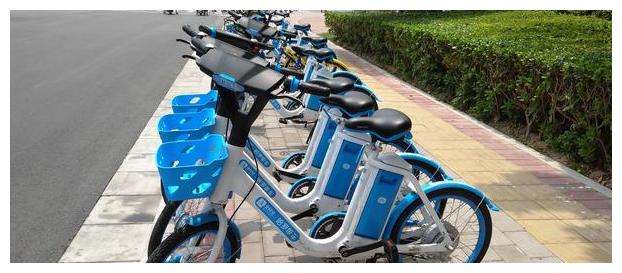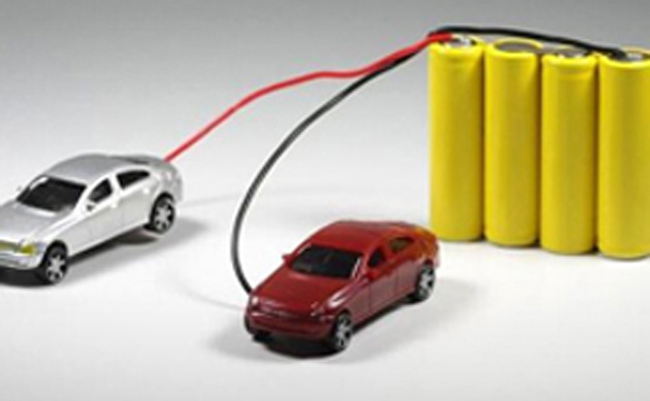Due to the huge inventory of lead-acid batteries, the market prospect of "lead to lithium" conversion in the electric bicycle field is attractive, but the road to replacement is not smooth sailing. Cross border lithium battery companies facing challenges in terms of cost, channels, product standards, and other aspects in order to profit from the electric bicycle market can be imagined.
Firstly, ATL's subsidiary Xinneng An Lithium Battery reached a cooperation agreement with Yadi; Subsequently, Ningde Times established a joint venture company, Ningde Zhixiang, with Hello Travel and Ant Financial, focusing on two rounds of new energy product research and development, innovation promotion, and energy network construction; At the same time, BYD is exploring cooperation with leading electric bicycle companies and actively laying out... The market competition is about to erupt. The competition among lithium battery giants is extending from the field of electric vehicles to the field of electric bicycles.
The pattern of lithium battery industry has undergone a major reversal
The competition for lithium batteries has undergone such changes, which are not something that can be achieved overnight. Entering 2019, the market competition in the power battery industry has further intensified, and the industry reshuffle has accelerated. Under the pressure of subsidy reduction of more than 50%, the host factory has put forward stricter requirements for battery price reduction. At the same time, the new subsidy policy puts forward higher requirements for the comprehensive performance of new energy vehicles and power batteries, which means that OEMs and battery manufacturers need to further upgrade their products.

In order to reduce costs and enhance market competitiveness, host manufacturers will comprehensively consider battery companies in terms of product quality, product price, supply capacity, and enterprise funds. However, there are not many battery companies that can meet the above requirements. This also means that the vast majority of battery companies need to adjust their market strategies for 2019 and quickly identify their product market positioning.
With the entry of high-end lithium battery giants such as ATL and CATL, the electric bicycle market is currently in a fierce battle. Traditional lead-acid battery manufacturers, lithium battery companies that have long been deeply involved in electric light vehicles, and entrants from the field of new energy vehicle power batteries are collectively stirring up the "two wheeler market". In the eyes of industry insiders, the entry of lithium battery giants may overturn the traditional competitive landscape of bicycle batteries. Even within lithium batteries, there is fierce competition among different technological routes.
From this year's market situation, it can be seen that the market pricing of major brands of lithium batteries has been lowered to a certain extent. With many product advantages such as higher energy density, cleaner and more environmentally friendly, and lighter weight, the pace of replacing lead-acid batteries with lithium batteries has significantly accelerated. It is expected that the number of lithium-ion electric bicycles in China will exceed 10 million in 2020, and the penetration rate will exceed 50% by 2021, achieving a major reversal of the industrial pattern.
Several companies have started new layouts
The high safety requirements for power batteries in the new national standard for electric bicycles, as well as their low cost characteristics, have made lithium iron phosphate batteries one of the strongest competitors in the electric bicycle power battery market.
Many companies have taken the lead in layout. Making relevant layouts in the field of electric bicycle batteries will be beneficial for promoting the development of the electric bicycle industry. Enterprises are generally divided into two directions. One is to persist in developing the power battery market, enhance product competitiveness and reduce costs through product technology upgrades and capacity expansion, optimize customer structure, and strategically cooperate with high-quality customers; Another type is to reduce or abandon the power business, adjust the product structure, and develop niche markets such as small power, energy storage, electric bicycles, and low-speed vehicles that do not rely on subsidies, implementing differentiated competition strategies.
The strict quality requirements for power batteries in the new national standard will also free electric bicycle power batteries from the label of "low-end products", and the electric bicycle power market will become another "blue ocean" for battery companies to layout high-end production capacity












